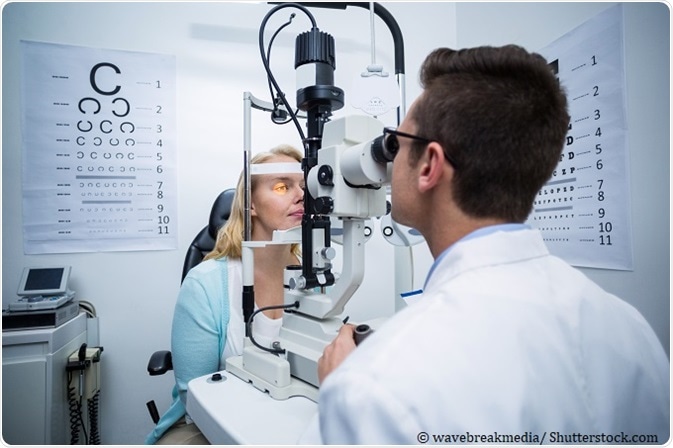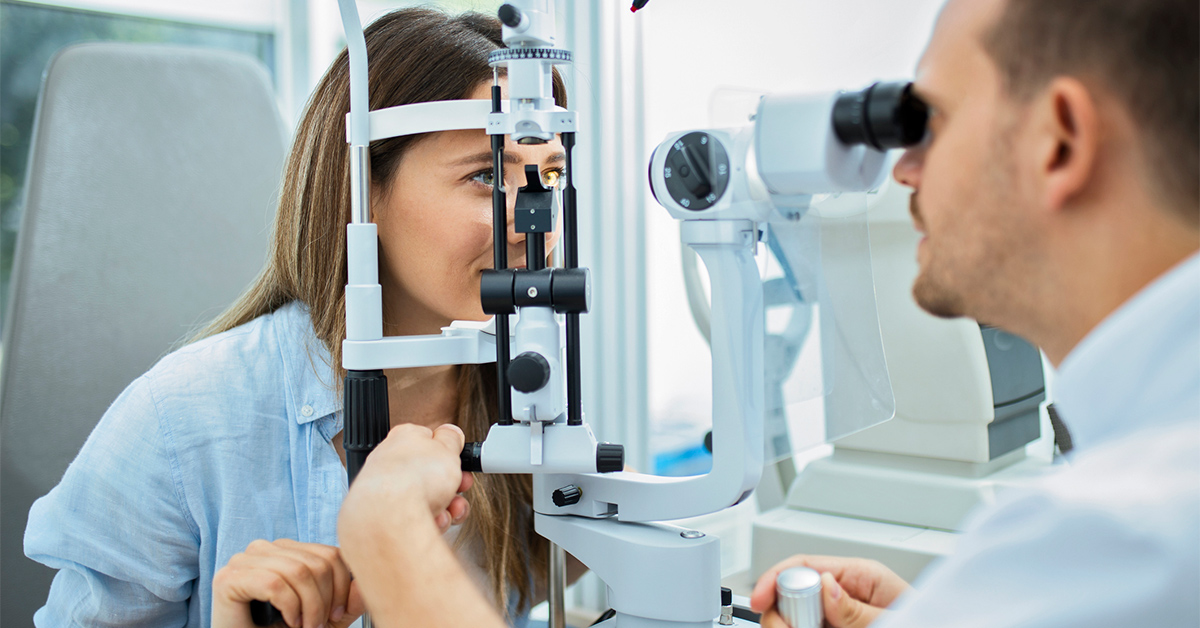The Importance of Regular Examinations with an Eye Doctor Optometrist
The Importance of Regular Examinations with an Eye Doctor Optometrist
Blog Article
Understanding the Comprehensive Duty of an Eye Doctor in Modern Eye Treatment
In the progressing landscape of medical care, the range of an optometrist's role has substantially widened, expanding well beyond the confines of conventional vision improvement. With innovations in technology and a raising emphasis on precautionary treatment, optometrists are essential in diagnosing and handling chronic eye conditions, while additionally taking part in early illness discovery. Their expertise in advanced analysis methods such as optical coherence tomography is invaluable. Exactly how do these duties converge with their duty in advertising total eye wellness, and what does this mean for client end results in a collaborative medical care environment?
Expanded Scope of Practice
In current years, the duty of optometrists has actually developed substantially, with several professionals now accepting an expanded range of practice that expands beyond standard eye evaluations. Their obligations currently include a wide array of services, including prescribing medications for ocular problems, taking care of chronic eye illness, and executing small medical treatments.
Better, optometrists are currently much more associated with joint care, functioning closely with ophthalmologists, health care medical professionals, and other health care experts to ensure alternative individual care. This interprofessional cooperation is vital in managing intricate situations that call for a multidisciplinary approach. Furthermore, eye doctors are playing an essential function in public wellness efforts, such as vision screenings and eye wellness education and learning, focused on enhancing area wellness end results.
The broadened range of practice for eye doctors not just improves their capacity to supply thorough care but additionally deals with the expanding need for efficient and available eye treatment services, adding to general medical care improvements.
Early Condition Discovery
Early detection of eye conditions is increasingly ending up being a prime focus in the broadened function of eye doctors. As primary eye treatment providers, eye doctors are uniquely placed to identify early indicators of eye conditions such as glaucoma, macular deterioration, diabetic person retinopathy, and cataracts. This pivotal role is crucial, as early diagnosis can dramatically boost the management and prognosis of these conditions, possibly preventing vision loss and enhancing individual outcomes.
Optometrists use comprehensive eye evaluations to spot subtle adjustments in vision and eye wellness. These assessments usually include analyses of aesthetic skill, intraocular stress, and retinal health and wellness. The capability to identify very early signs of systemic health issues, such as hypertension and diabetes mellitus, through ocular indicators further underscores the relevance of routine eye check-ups. Early treatment is not just useful in preserving vision but also in lowering medical care costs connected with sophisticated illness treatments.
Furthermore, optometrists play a crucial duty in patient education and learning, highlighting the value of regular eye assessments as part of total health and wellness maintenance. By promoting a positive method to eye care, optometrists contribute considerably to public wellness, guaranteeing illness are captured and managed properly prior to they can proceed.
Advanced Diagnostic Methods
Advanced diagnostic methods have actually transformed the method of optometry, allowing professionals to find and keep an eye on eye conditions with unprecedented accuracy. Technologies such as optical coherence tomography (OCT) give high-resolution, cross-sectional images of the retina, facilitating very early discovery of problems like glaucoma and macular deterioration.
One more important advancement is digital retinal imaging, which records detailed views of the retina making use of high-def video cameras. This modern technology is important in determining changes in retinal framework in time, consequently aiding in the management of problems like diabetic retinopathy. news Visual area screening, improved by computer-aided systems, allows for specific mapping of a person's field of view, crucial in detecting and tracking glaucoma progression.
Corneal topography, another noteworthy diagnostic device, produces thorough maps of the cornea's surface area. This is particularly advantageous in suitable call lenses and intending refractive surgery. These sophisticated analysis strategies jointly make it possible for eye doctors to provide aggressive, targeted care, guaranteeing much better patient results and reinforcing their critical duty in eye health administration.
Taking Care Of Chronic Eye Conditions
Taking care of persistent eye conditions is a cornerstone of optometric treatment that requires a comprehensive understanding of various eye illness and their long-term ramifications. Optometrists play a crucial duty in handling, diagnosing, and tracking problems such as glaucoma, diabetic person retinopathy, and age-related macular degeneration. These conditions, if left without treatment, can bring about significant aesthetic disability or loss of sight, highlighting the vital significance of continuous treatment and management.
Optometrists employ a range of diagnostic devices, including optical comprehensibility tomography (OCT), visual field testing, and fundus photography, to examine the progression of these chronic problems. By very closely keeping track of adjustments in ocular health and wellness, optometrists can change therapy strategies to minimize disease progression. This may include recommending drugs, suggesting lifestyle adjustments, or collaborating with ophthalmologists for medical interventions when essential.

Duty in Preventive Treatment
Preventative care is a basic element of optometry that concentrates on maintaining eye health and preventing the beginning of ocular diseases. Eye doctors play a vital function in early discovery and avoidance, utilizing normal eye exams to recognize threat factors and refined changes in eye health and wellness. Opticore Optometry. These assessments are not merely concerning vision correction yet incorporate an extensive analysis of eye functions and structures, enabling the identification of conditions such as glaucoma, cataracts, and macular deterioration at an onset
Along with diagnostics, eye doctors inform clients on lifestyle selections that advertise eye wellness, such as correct nutrition, UV security, and the significance of regular eye examinations. They encourage on the right use electronic devices to avoid digital eye strain, a growing problem in the digital age. Eye doctors likewise give guidance on protective eyeglasses for entertainment and occupational tasks, helpful resources mitigating the danger of injury.
Preventive eye care encompasses systemic wellness concerns that materialize in the eyes, such as diabetic issues and high blood pressure. By teaming up with various other healthcare specialists, eye doctors add to holistic patient treatment, stressing the interconnectedness of ocular and systemic wellness. This proactive technique is crucial in guarding visual skill and general wellness.
Verdict
Optometrists now occupy an essential function in modern eye care, identified by an increased range that consists of identifying and taking care of chronic eye problems, suggesting drugs, and Extra resources executing minor operations (Eye Doctor Optometrist). Their knowledge in very early condition detection is enhanced by sophisticated analysis methods such as optical comprehensibility tomography and electronic retinal imaging. By stressing precautionary treatment and person education and learning, optometrists add considerably to general eye health and wellness, collaborating with various other health care professionals to guarantee effective and extensive patient outcomes

In enhancement to diagnostics, optometrists enlighten individuals on way of life choices that promote eye health, such as appropriate nourishment, UV protection, and the value of normal eye check-ups.Precautionary eye care expands to systemic health concerns that materialize in the eyes, such as diabetic issues and high blood pressure.Optometrists currently inhabit an essential role in modern-day eye treatment, identified by an expanded extent that includes diagnosing and handling persistent eye conditions, recommending medications, and performing small medical procedures.
Report this page